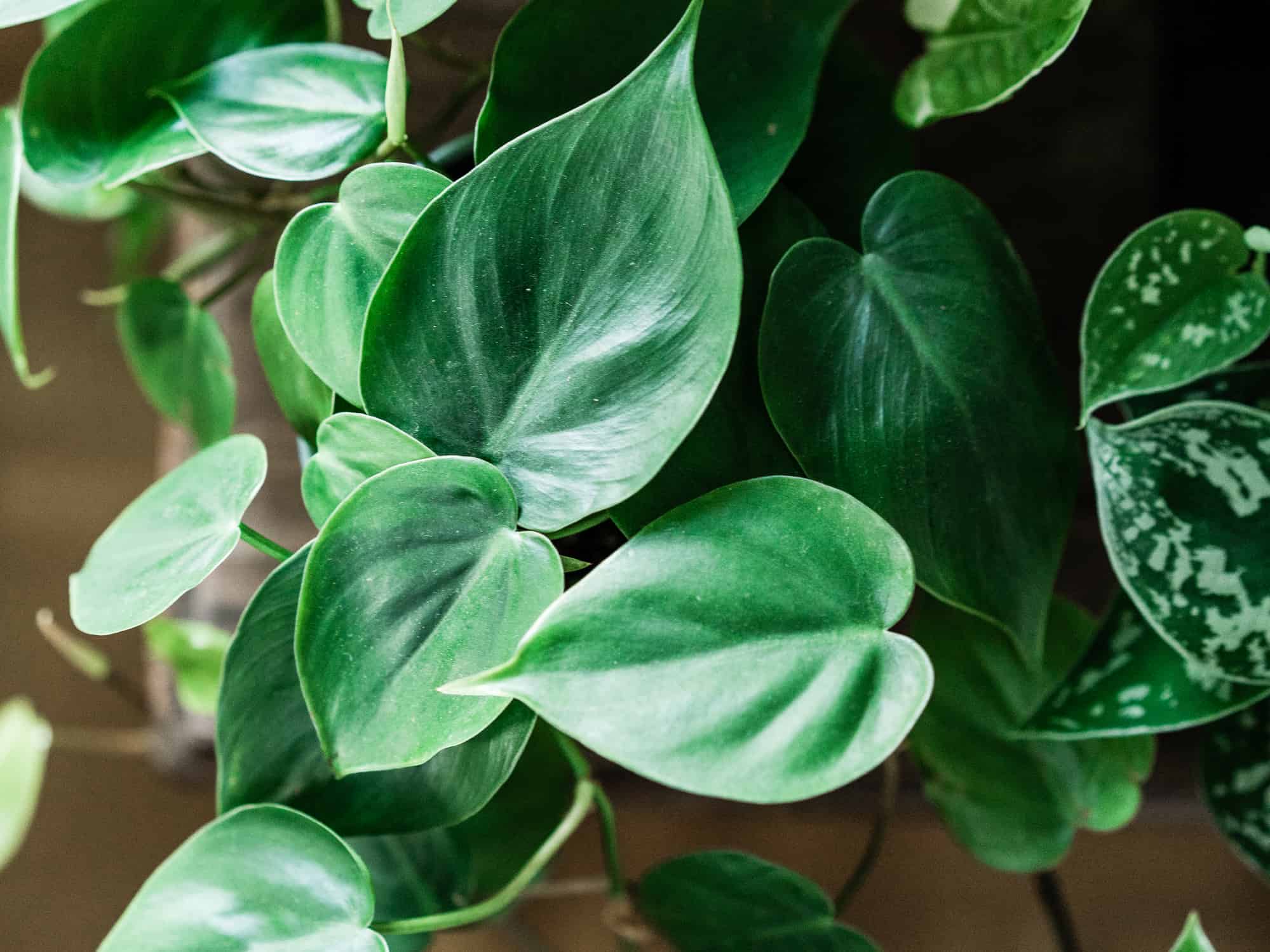Caring for your Philodendron cordatum with these tips can help ensure a healthy plant. The Philodendron cordatum is a vining houseplant native to South America with bright, emerald green leaves. Like most tropical-based plants, it is toxic to humans and pets. Due to its heart-shaped leaves, it has earned the nickname “Heartleaf Philodendron” or “Sweetheart Vine”.
The Philodendron cordatum has been around since Victorian times and is perfectly comfortable in managing baskets or trained to climb trellises or moss poles due to its quick growth rate. It is considered easy to care for, but these eight tips on caring for your Philodendron cordatum will keep your plant healthy and happy.

A healthy
Philodendron cordatumfeatures deep, rich, emerald green foliage.
©sopon lomajam/Shutterstock.com
Preferred Soil
Philodendron cordatum prefers coarse, chunky, humus-rich soil with excellent drainage. Potting soil amendments like perlite, wood bark, peat, and sphagnum moss should be used as each has a purpose in maintaining soil composition and structure.
Perlite promotes drainage, thereby decreasing the chances of root rot. Peat and sphagnum moss cooperate to encourage oxygenation and water retention while promoting porousness in the soil. Natural wood bark helps retain moisture for the plant roots to draw upon when needed and supports drainage and oxygenation properties.

Adding sphagnum moss to potting soil helps improve drainage and soil quality.
©iStock.com/Larisa Stefanuyk
Let There Be Indirect Light
Philodendron cordatum is happiest in bright, indirect light. Exposure to bright, direct light may cause the leaves to discolor and appear burnt or scorched. The plant thrives near a sunny window or in sunlight filtered through sheer curtains or blinds. Philodendron cordatum can exist in low-light situations, but then it’s best to compensate for the lack of natural light with artificial light of some sort.

thrives in filtered or indirect light situations.
©Africa Studio/Shutterstock.com
Keep a Watering Can Nearby
Saturate your Philodendron cordatum’s soil when the top third of the soil feels dry. Water thoroughly to moisten the root systems, but always remove any excess water that passes through the well-draining soil.

Saturated roots and well-draining soil are essential to a Philodendron’s happiness.
©iStock.com/Tgordievskaya
Trimming and Pruning
The Philodendron cordatum is an overachiever when it comes to growth. Because of the quick growth, regular pruning helps maintain the density and shape of your plant. Clear the foliage of any dead or suspect-looking leaves. Use clean, sharp shears to remove old branches or awkward, out-of-place vines. Once clipped, the healthy-looking stems can be propagated into new plants.
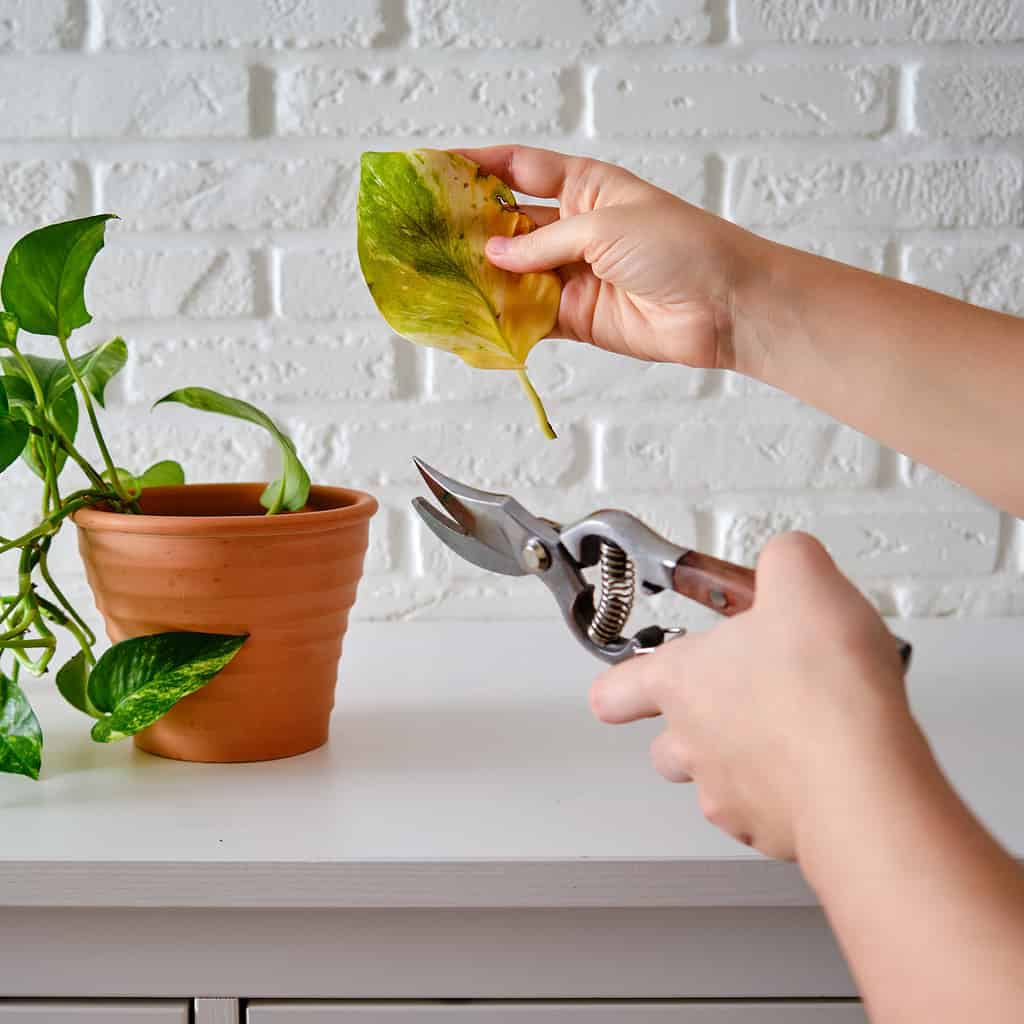
Regular pruning helps plants grow even and consistent foliage.
©iStock.com/Andrey Zhuravlev
Propagating Your Philodendron cordatum
Propagation is pretty straightforward with the Philodendron cordatum. Cut the healthy stem you pruned off the plant to your desired length, ensuring a leaf and node are included. The pruned stem can be propagated in water or a moistened rooting medium like soil or sphagnum moss to encourage new root growth. Place in a warm place or cover with plastic or a clear cup for a makeshift greenhouse for up to two weeks until roots develop. The cuttings can then be transferred to the pot they’ll call home and cared for like their original siblings.
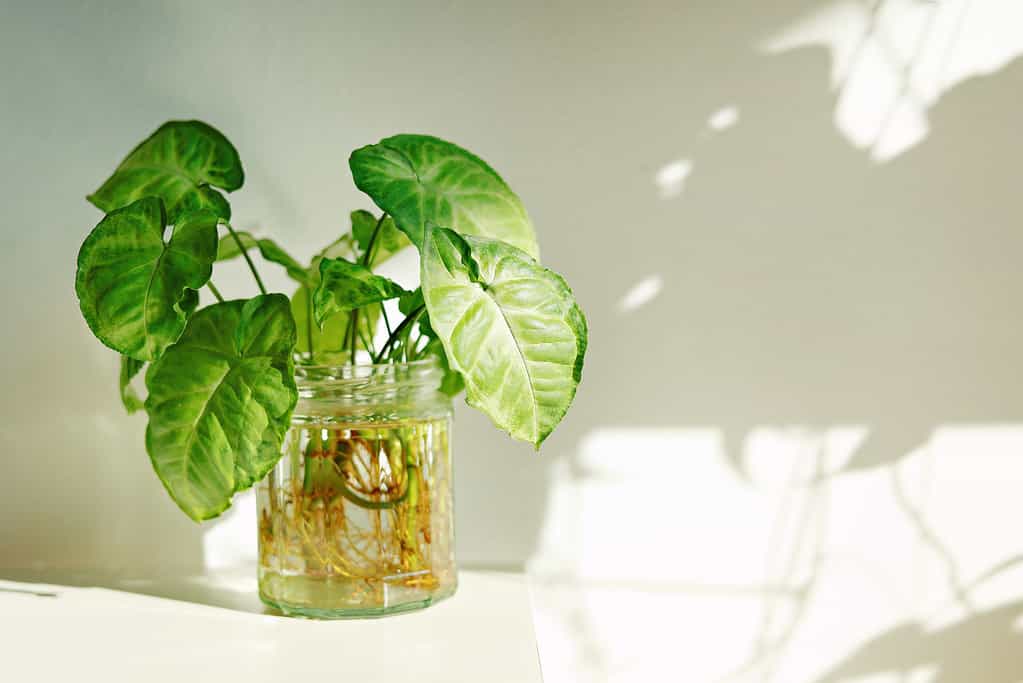
Water propagation is a standard method for propagating indoor plants.
©Pikusisi-Studio/ via Getty Images
Potting and Repotting
There will come a time when the current pot you are using will no longer hold the fast-growing Philodendron cordatum, increasing the chances of it becoming rootbound, limiting nutrient absorption, and stunting growth.
Larger plants may need to be repotted every 18-24 months. When repotting, always choose a pot about 2″-4″ larger than the current one, ensuring it has adequate drainage holes.
Remove any diseased or damaged parts of the root system before inserting it into the pot containing fresh and clean potting soil, as described in the above section. Give the new pot a thorough watering, removing all the excess drained water. Spring or summer is the optimal time to repot the plant.
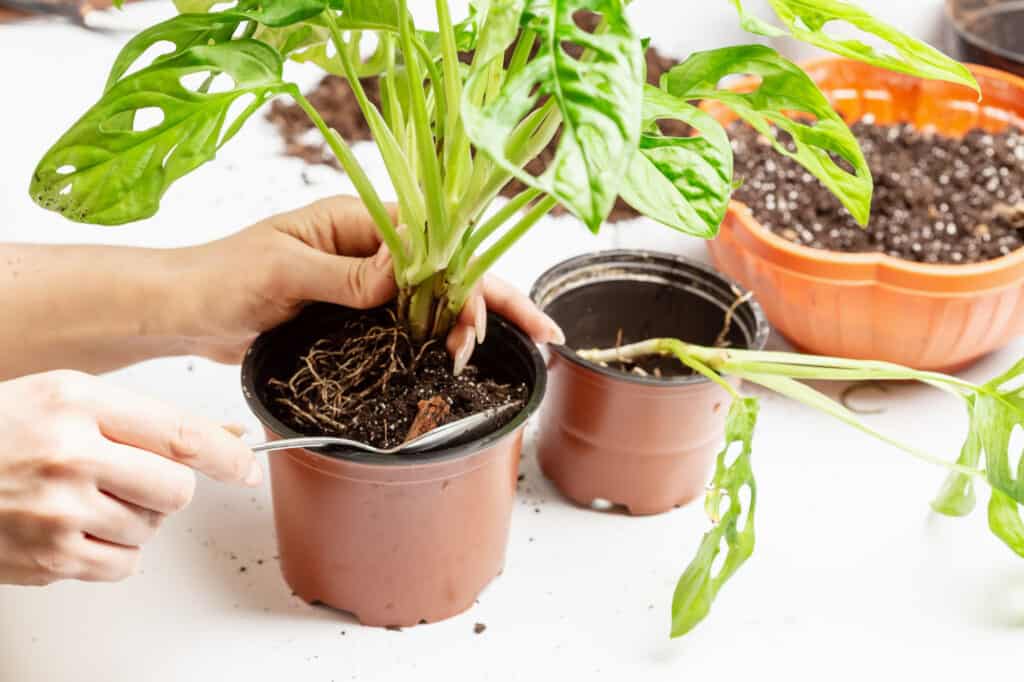
When repotting your houseplants, it’s best to choose a slightly larger pot than the original one.
©Andriana Syvanych/Shutterstock.com
Proper Fertilization Schedules
Philodendrons are happiest when fertilized throughout spring and summer, their high-growth seasons. Use a slow-release fertilizer, dilute it to half the strength of its original concentration, and feed your philodendrons twice a month. Fertilizing over the fall and winter should only occur once or twice during these seasons.
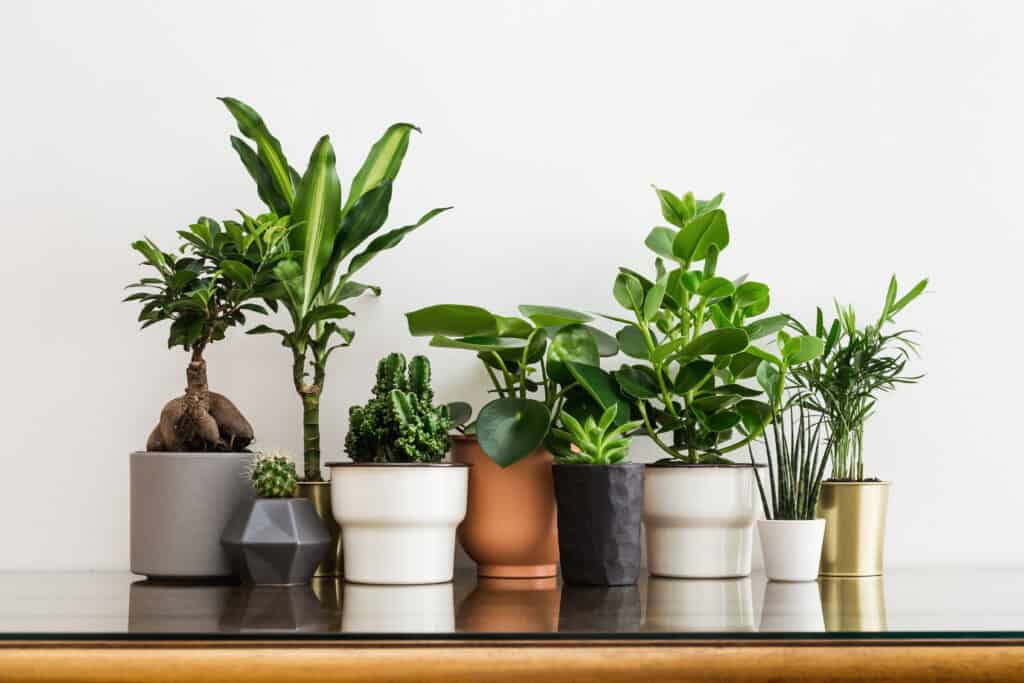
Proper fertilizers and feeding schedules will help your plants thrive and promote growth.
©Mallmo/Shutterstock.com
Pay Attention To Temperature and Humidity
Being a tropical plant, Philodendron cordatum will not withstand freezing temperatures and does not like drafts or low humidity. A humidifier is a great way to add moisture to your home in a location with generally low humidity.
Another way to increase the humidity is to mist the plant daily. Pebble trays that hold water below the potted plant are another option. If, after propagation, you have many plants in your home or you have other tropical plants, group them together. As they release moisture, the humidity in the immediate area rises.

Indoor humidifiers are excellent ways to increase humidity in the needed areas of your home.
©DimaBerlin/Shutterstock.com
Final Tips to Remember
Each plant is unique and will have different needs at different times. Following are some additional tips to keep in mind when inspecting your philodendrons.
- Periodically rotate your plants to ensure even growth and lessen the chances of having a plant that is overgrown heavy on one side.
- Dust the leaves occasionally, inspecting the plant for pests that may be hiding on the undersides of the leaves.
- Misting helps philodendrons attach to and be trained to climb trellises, stakes, or moss posts. Gently wrap and weave the plant along the stake or trellis. Continue routine care, and start daily misting to increase humidity and promote the growth of aerial roots, which will attach themselves to the structure and allow the plant to begin its upward development.
- Yellowing leaves are due to watering issues. A combination of yellow and brown on the same leaf likely signals overwatering. Entirely yellow leaves that quickly release and fall to the ground signal possible under watering. Check the soil to be sure.
- Brown, leafless growths sprouting off your plant are aerial roots and are the plant’s way of supporting itself as it grows, climbs, and extends toward more light. They can be left on or pruned if they become a nuisance.
Thank you for reading! Have some feedback for us? Contact the AZ Animals editorial team.

